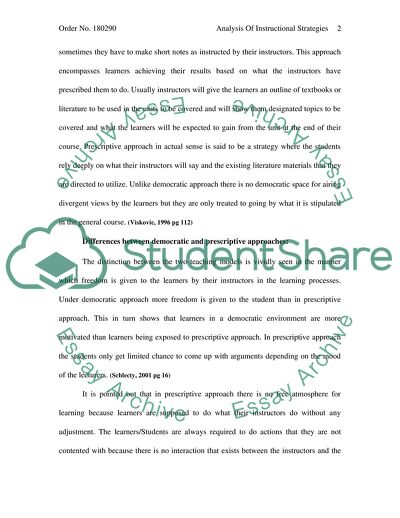Cite this document
(Analysis of Instructional Strategies Coursework, n.d.)
Analysis of Instructional Strategies Coursework. https://studentshare.org/education/1708774-task-1-analysis-of-instructional-strategies
Analysis of Instructional Strategies Coursework. https://studentshare.org/education/1708774-task-1-analysis-of-instructional-strategies
(Analysis of Instructional Strategies Coursework)
Analysis of Instructional Strategies Coursework. https://studentshare.org/education/1708774-task-1-analysis-of-instructional-strategies.
Analysis of Instructional Strategies Coursework. https://studentshare.org/education/1708774-task-1-analysis-of-instructional-strategies.
“Analysis of Instructional Strategies Coursework”. https://studentshare.org/education/1708774-task-1-analysis-of-instructional-strategies.


